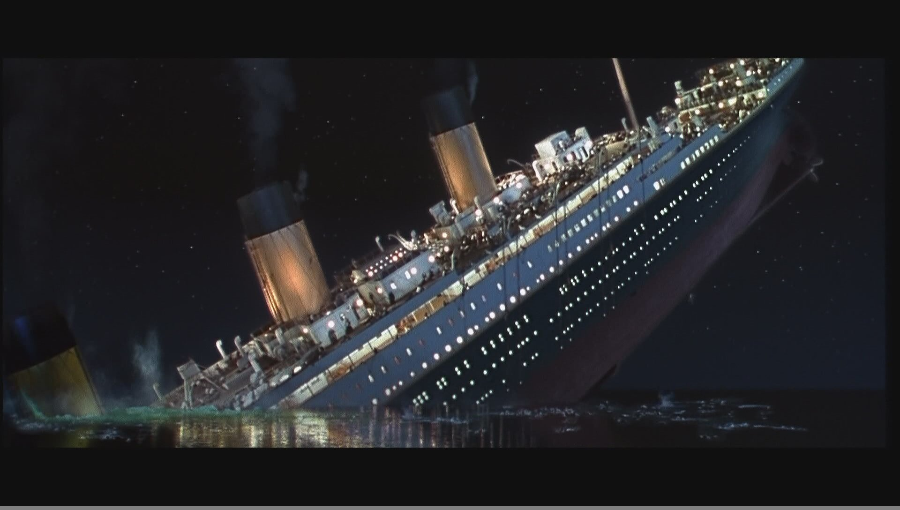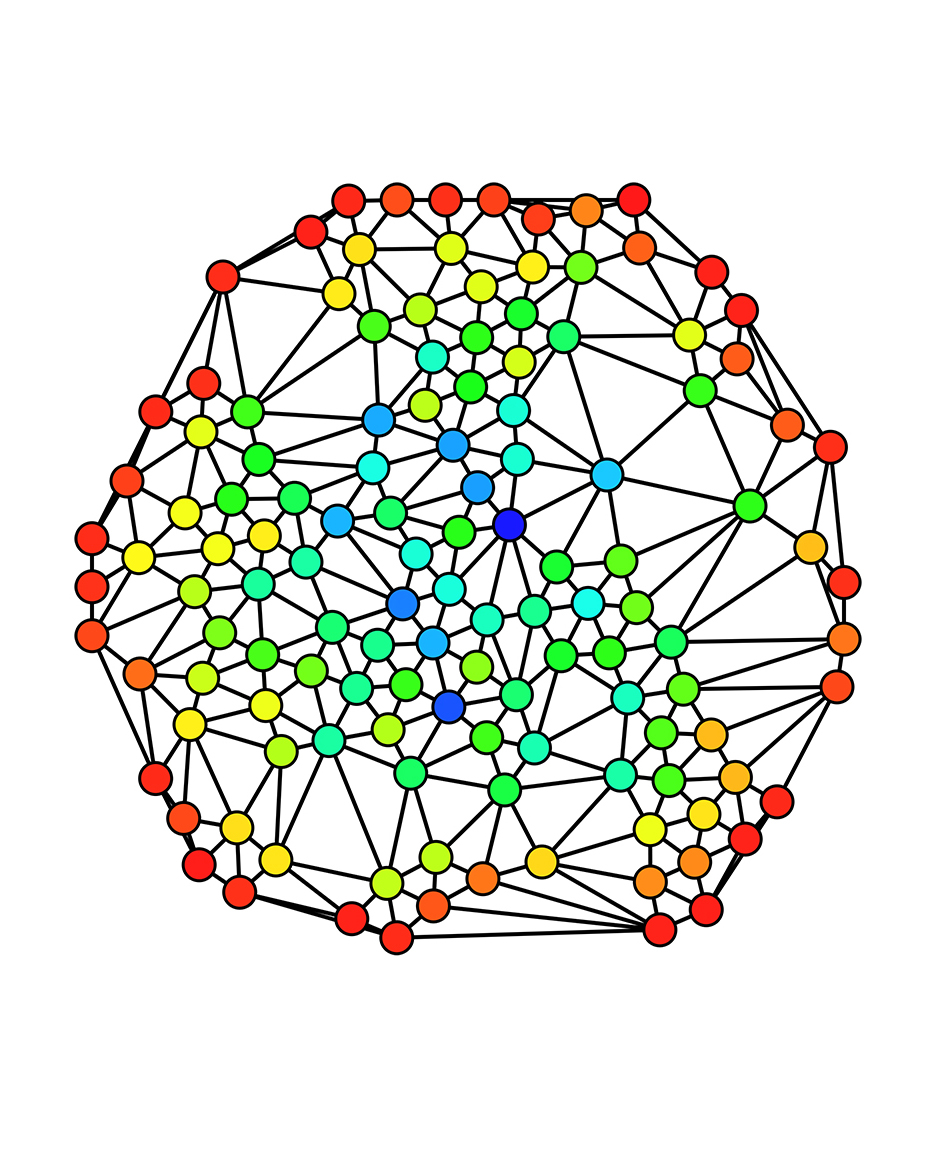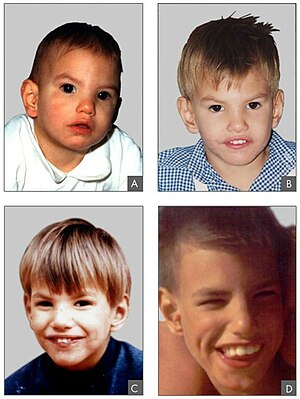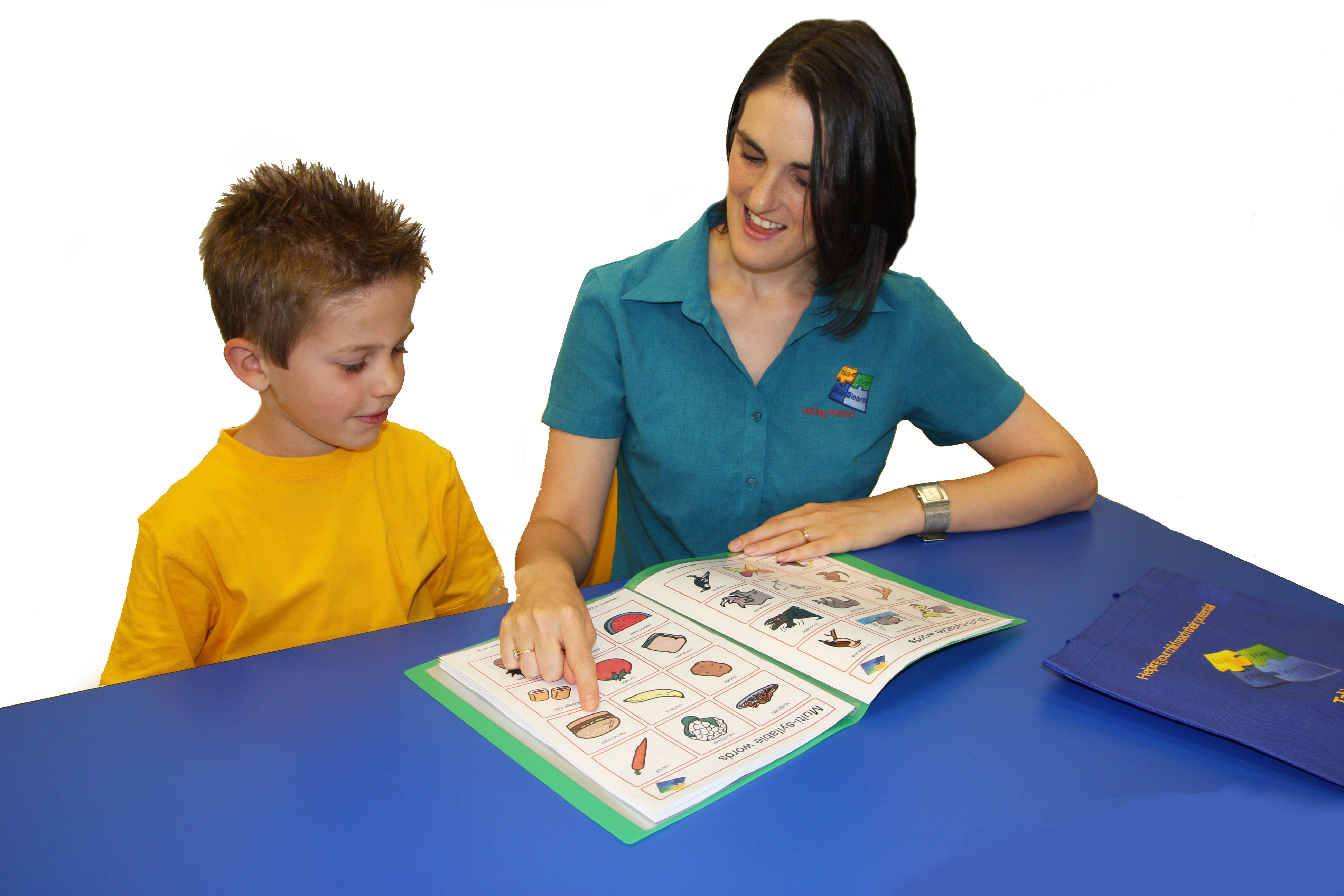Category Archives: Grade 9
Document Gallery Socials Studies
 Loading...
Loading...
The Patriot Film Review Essay
ENGLISH CIVIL WAR SIGNIFICANT EVENTS TIMELINE
Inquiry Project by Peter R., Josh S., and Josh M.,
Interconnectedness. For the past few weeks, we have been learning many new things. After looking back, I started to realize how everything was connected. For example, we learned about the natural cycles. These cycles are supposed to happen naturally. When humans interfere, we cause what people call it, the “butterfly effect”. One thing could trigger another thing, in which would trigger even more things. In this world, everything is connected. Even the animals are connected. Let’s look at a dying specie. A certain specie dying may not be big to you, but it is. This specie could have been the main food source for another specie, and so that specie dies off too. In simple terms, killing the shrimp population can result in the death of thousands of whales. Furthermore, this would mean a virus inside a certain animal could spread like wildfire. Through something like bioaccumulation, the virus may spread to from rats to another specie such as even humans. Now, back to the human interference problem. We have cause way too many deaths and harm to the environment over the past centuries. Let’s look at global warming. It was caused because of pollution. Now, the globe is starting to heat up and causing an imbalance in this world. Things like wildfires, melting of the glaciers, and the sea rising is all contribution of the destruction of our planet. Our careless ways have cost this world an arm and a leg. Why? Because everything in this world is interconnected.
Now let’s look at sustainability. In a recent assignment, we found out have many worlds it would take to sustain a population with a lifestyle like ours. My result was 5 worlds. Many others had something similar to my results. Furthermore, lots of others in this world live a lifestyle like mine. We do not have 5 worlds, we have only 1, and we are destroying it. I learned in science that many normal human activities are resulting in negative effect. An example is how we are causing water pollution, global warming, air pollution, and etc. To view it more simply, society is in a boat with one side sinking. The people on the side where it is not sinking are cheerfully living life because their side isn’t sinking. Eventually the boat will fully sink. In reality, the boat is the earth. This is why we are learning about how to make life better for future generations. An example was when we watched a video that told us the problems that we as a specie caused. The video then further explained how we could contribute to make the world a better place. I learned that things as small as even walking, relying on transit, and biking instead of riding a car could make an impact. Like I mentioned before, we don’t have 15 worlds, not even 5; but only 1. In conclusion, I am grateful that I was taught these things and now, I’m ready to make a difference to help this planet.
Media that helped me:
“An Inconvenient Truth” video and worksheet that helped me interact with the principles.

A view of society (explained above)

A picture that illustrates how everything is connected from local to global

The company of the bus I ride to school everyday (so that I can contribute to sustaining Earth)
Video Essay Death Penalty
Technology and Genetics
(Transcript)
- What problem is your topic trying to solve?
Humans have 46 chromosomes. In the case of meiosis, the sex cell is split into 4 new cells now each holding 23 chromosomes. When you and your partner “make love”, 23 chromosomes from each person is passed down resulting in 46 chromosomes. Each chromosome has many genes and specific instructions on how the baby will grow. Sometimes, there is an error within these “instructions”. This causes the baby to grow abnormally. My topic was genetic counseling. Genetic counseling is a solution to see the risk you and your partner have to pass down an inherited disorder. You personally may not be affected by a certain condition, but there is a chance that you might have the instructions for this condition in you. This can be passed down when you are mating. This is why genetic counselling is recommended. Furthermore, when one goes through a session of genetic counseling, they are taught in depth the consequences, nature of the disorder, and have multiple options given to them for the process of managing it. This allows disorders like, down syndrome, sickle-cell, anemia, tay-sachs disease, muscular dystrophy, etc… to be detected before 2 partners mate and have their genes passed down which can higher the risk of getting a child with one of these conditions. Genetic tests are performed by an analyzes of the DNA of each partner which can be provided by something as simple as a drop of blood.
- What assumptions are made by your sources?
In some of my sources, there were assumptions created by the author which perceived the reader to be a woman scared of pregnancy. They also assumed that the reader came to this source because they were uncertain whether genetic counseling was right for them. I know this because the article tried to persuade me as a reader, that genetic counseling was the best solution for this problem. Furthermore, the sources wrote the article in a way that told me that genetic counseling is never inaccurate. They assumed that genetic counseling was always successful and never talked about the negatives of it. No source ever gave me information about the actual research studies that were conducted. This also tells me about the biases of these writers.
- What are the writers’ biases?
Most of my sources specifically listed only the benefits of genetic counseling. This made it so that it seems that genetic counselling would be a great solution for this problem. Constantly, all my sources wrote about genetic counseling in a good light. This tells me that the writer’s biases were leaning towards recommending genetic counseling. Some of my sources tried to avoid the negatives and was “selling off” genetic counselling. This made me steer away from using this source as a reference.
- What social implications does your topic have?
Like mentioned before, genetic counseling allows society to look into the genes of 2 individuals wanting to “pass down their genes”. This could heavily affect society because it allows the couple to see the chances of a possible mutation. Why? Because if each and every couple that were about to decide to have a baby in this world was to have a session of genetic counseling beforehand, there would logically be 2 likely ways it would end; the couple could end up not having a child at all if the chances of a mutation were too high, or the couple would resort to adoption. Either way, each scenario would result in a sufficient decrease in the human population. More specifically, there will be less people with mutations. Now, would this be a good or bad thing? Well, that would be up to you, as the listener, to decide.
- What ethical implications does your topic have?
The result of genetic counseling will surely tamper the human population. Now this is when morals come into place. Is it wrong that us humans are allowed to tinker with god’s work? Shouldn’t we leave the work of birth to nature? Moreover, if almost every high-risk mutation gene passing human couple was to not breed for the sake of not having a child mutation, eventually the mutation genes will slowly subside. This would lead to a situation in which mutations would be viewed as far more discriminated than it already is as it would become rarer. Furthermore, genetic counseling can cause stress, arguments, and disputes amongst family members.
- Evaluate your topic and whether it is a satisfactory solution to the problem, given the weaknesses you have already addressed.
Genetic counseling is trying to solve is the uncertainty a specific disorder has to be passed down. I believe it is a satisfactory solution to the problem to an extent. Genetic counseling only lets you see the probability of a mutation being passed down, so it does not directly fix lowering the chances itself when humans naturally mate. It’s like knowing who the serial killer is but not being able to stop the process of the killing. On the other hand, there are still limitations to the genetic screening. What happens if there was an inaccurate screening and 2 high-risk mutations genes are passed down to a baby? Although this doesn’t happen often, this can still be a problem. So overall, it is based on how high your standards are and how you view each problem that will determine its satisfaction.
- What is your personal stance on this topic?
Personally, I think genetic counseling was a great breakthrough in science. Now, couples can observe the chances of transferring mutation genes down and act beforehand. Lots of suffering and stress can be avoided. Genetic counseling has even created many new jobs, profitable revenue, and new fields of study. Personally, I believe genetic counseling has many benefits; although do I understand how some people can have an issue with it. Overall, I feel the pros outweigh the cons which is why I see genetic counselling as a positive impact on society.
- Cite the sources you used to find your information.
Bibliography
Heller, Karen. Genetic counseling: DNA testing for the patient. 18 April 2005. 11 December 2016.
Lea, Dale Halsey. Ethical Issues in Genetic Testing. 5 June 2005. 11 December 2016.
Walker, Ann P. Genetic Counselling. December 2009. 11 December 2016.
Cri Du Chat Genetic Mutation
Part 1

- Q: What happened to you as a gene?
A: As a gene, I had a happy life in a cell. Then, things got complicated. There were 46 chromosomes in total. As we know, DNA must replicate itself as our host’s body continuously needs new cells. During replication, double stranded DNA are separated resulting in each new strand becoming another double strand. Well, along the way, there was a deletion while replication occurred which changed the number of DNA bases. This altered the function of the resulting proteins. That rare mistake happened to happen on a chromosome that contained me. The chromosomal deletion occurred as a randomized event during the formation of the reproductive cell I was in. After the mating occurred, the sex cell I was in containing the faulty chromosome affected the birth of my host.
- Q: What caused your mutation?

A: My life stood inside “Chromosome Number 5 (5p)”. It was one of the 23 pairs of chromosomes in a human and represented almost 6% of the total DNA in cells. As I lived my happy life, things got complicated. Parts of the chromosome’s short arm started disappearing. I’d say about 10-20% of the material on the short arm was deleted. This resulted in many of the genes inside this chromosome to be deleted. The losses of a small region in band 5p15.2 and 5p15.3 are what caused the symptoms and effects on the host. Humans call it “the mutation”. They call this mutation “Cri Du Chat”. It affects an estimate 1 of 50 000 births and is more common in females.
- Q: What effects did the gene mutation have on your host’s body
A: Well, this is a very touchy subject for me, but I will try to explain all the effects I have witnessed on Bob, my dear host.
These are the effects =
-Cries similar to of a cat by affected infants (due to problem with larynx and nervous system)
-Difficulty swallowing and sucking
-Low birth weight and poor growth
-Severe cognitive, speech, and motor delays
-Problems with behaviour (hyperactivity, aggression, tantrums, repetitive movements, etc)
-Strange facial features (that can change over time)
-Lots of drooling
-Small head and jaw
-Wide eyes
-Skin tags in front of eyes
- Q: How was the host’s life affected? What was their story?

A: Well for Bob, my host, the symptoms mentioned above had a significant affect on his life. Because of his difference, he had to go through genetic counseling and testing. The host also had to receive treatment from a speech, physical, and occupational therapist as the mutation effects were negative. Furthermore, Bob got bullied a lot as a kid. Just because he was “different”, he was outright judged as an outcast and a nobody. Nobody wanted to be friends with him or even be close to him. This led to him facing some very disturbing thoughts. Oh poor him! Each and every human should be treated equally the same. There is no excuse for bullying. That was what I learnt after seeing what my special host went through because of me.
Part 2
Ask
-What happened to the gene?
-What caused the mutation?
-What effects does the gene mutation have on a body?
-How may have someone’s life be affected by this mutation?
-What is chromosome 5p?
-What is genetic mutation?
-How does genetic mutation occur
-How does a genetic mutation deletion work?
-How was this disorder discovered?
Acquire
In this project, I used lots of digital tools to get all of my facts and organize it all. Firstly, I used Wikipedia to get some of my facts. Some people might think Wikipedia is unreliable but if you look at the bottom of the website, the citations are clearly there. Then, I used other sites to verify the info I got from Wikipedia and improvised it (citation below). Digital tools like google images also helped me get all my media contents. I also used Word 2016 to organize everything and my laptop to write and research. Then, I used the Edublog to publish my work.
Analyze
Sources =
https://en.wikipedia.org/wiki/Cri_du_chat
https://en.wikipedia.org/wiki/Chromosome_5_(human)
http://science.howstuffworks.com/life/genetic/dna-mutation.htm
https://en.wikipedia.org/wiki/Deletion_(genetics)
https://www.genome.gov/19517558/learning-about-cri-du-chat/
https://ghr.nlm.nih.gov/condition/cri-du-chat-syndrome
Assess
Overall, I think the project went well and that I learned a lot about mutation throughout the time
I was researching. I liked how we were able to choose the genetic mutation we ourselves wanted
to research. This allowed me to be entertained and want to know more while searching up
information. Even though I believe most things went well, I do believe improvements could have
been made. I could have done more research and compare this mutation with other mutations and
how it differs. Another thing I could have done to improve was to actually create a PowerPoint
with much more info on the whole genetic mutation process and have lots of more media content
so that I wouldn’t bore the reader. In conclusion, this project served to me as a great opportunity
to study and improve my knowledge on mutation.
Information Fluency
Strategies for Determining how Reliable a Webpage’s Info i
-See who created the page
-Check what info you are getting
-Find when this article was posted
-Check where the webpage is located
-See the layout of the website (ads)
Publication From the Library Database
The URL of a Publication =
http://web.a.ebscohost.com/ehost/detail/detail?vid=3&sid=20656eb8-77d0-44b4-b789-7aa3aa009067%40sessionmgr4009&hid=4104&bdata=JnNpdGU9ZWhvc3QtbGl2ZQ%3d%3d#AN=119271923&db=aph
How to Locate this Article =
- Go to Riverside’s homepage
- Click on “Library”
- Click on “Click Here”
- See under EBSCO Database and click “Academic Search Premier”
- Search up “Monkeys”
- The first result will be the article
Comments
What I learned Today =
I learned that there are many websites out their that contains inaccurate and false information and that I should always check the credibility of each site before using it for myself

